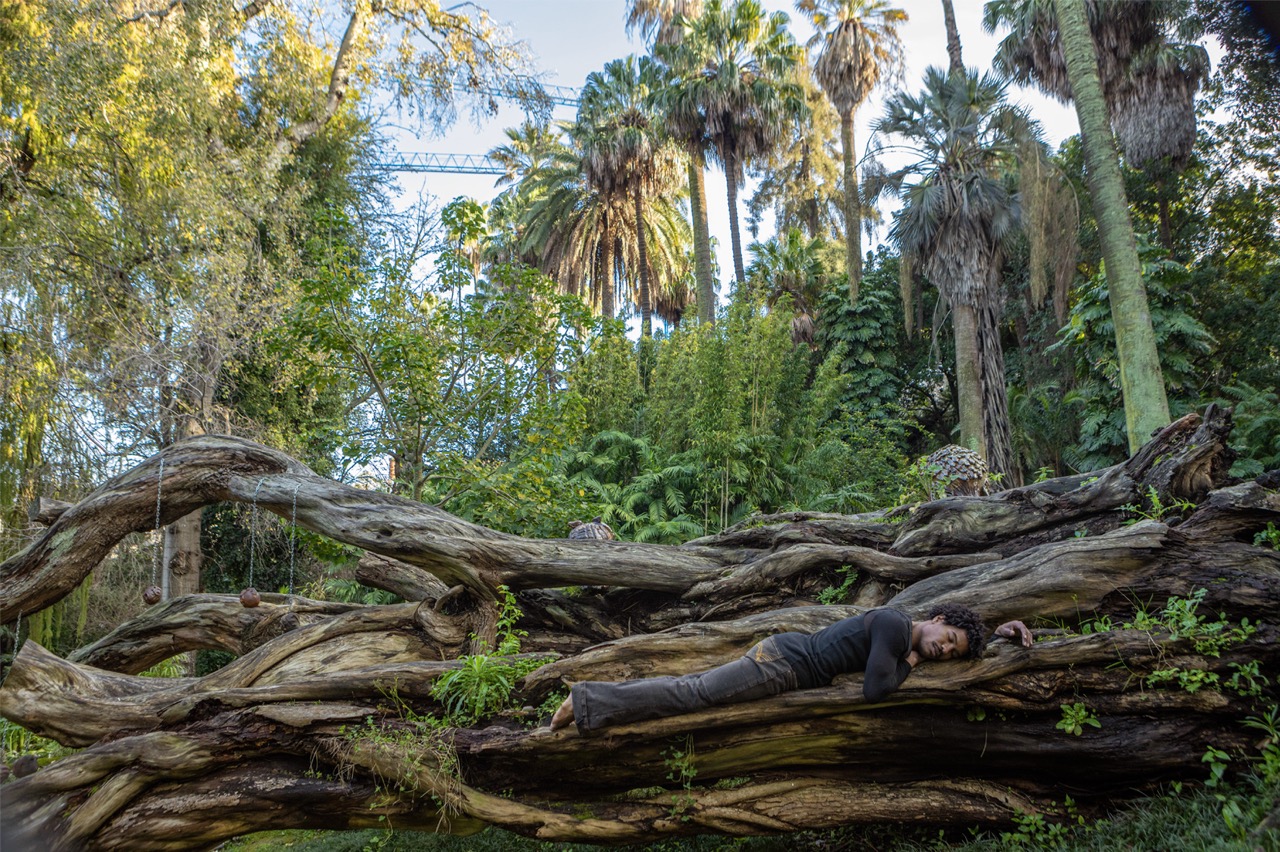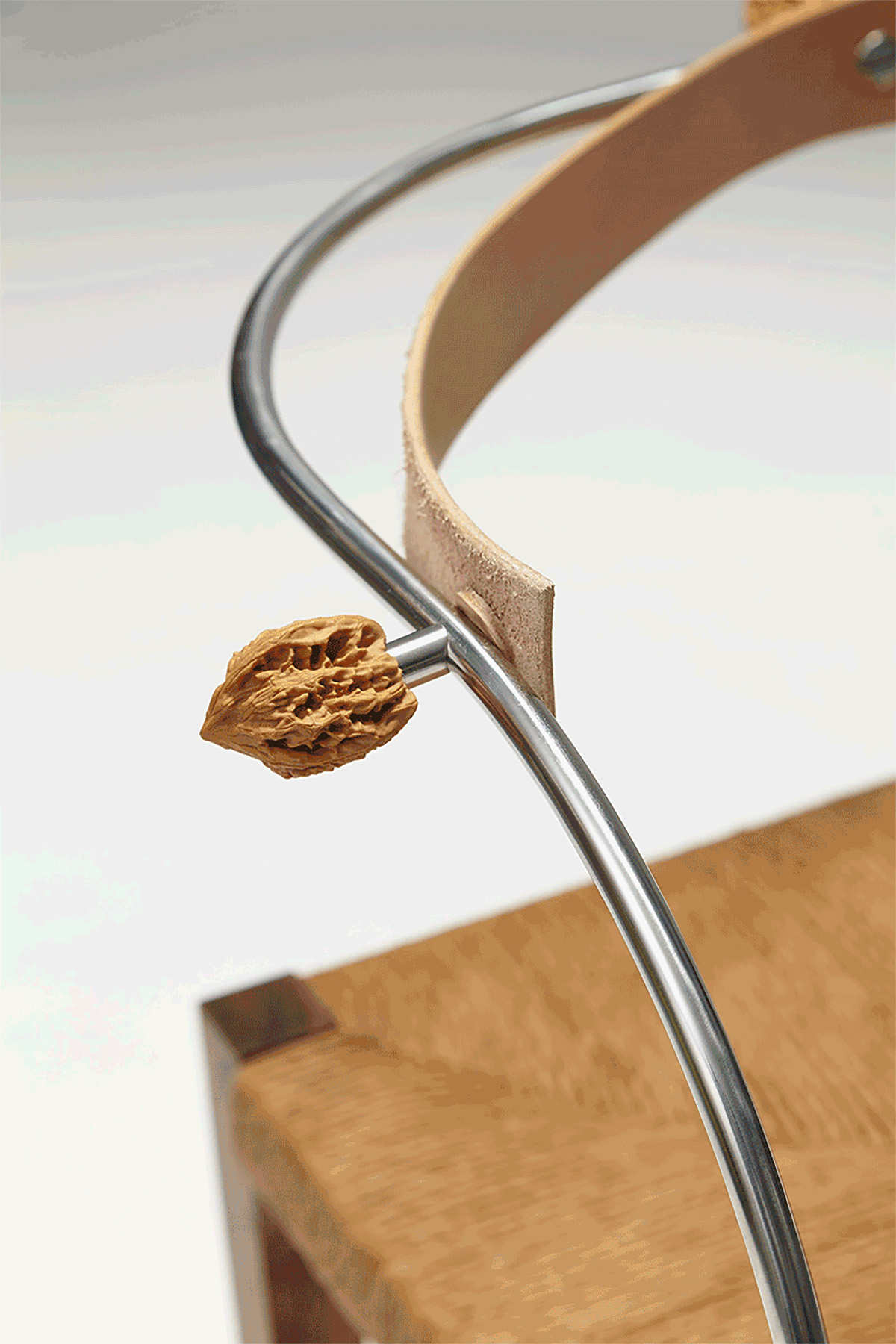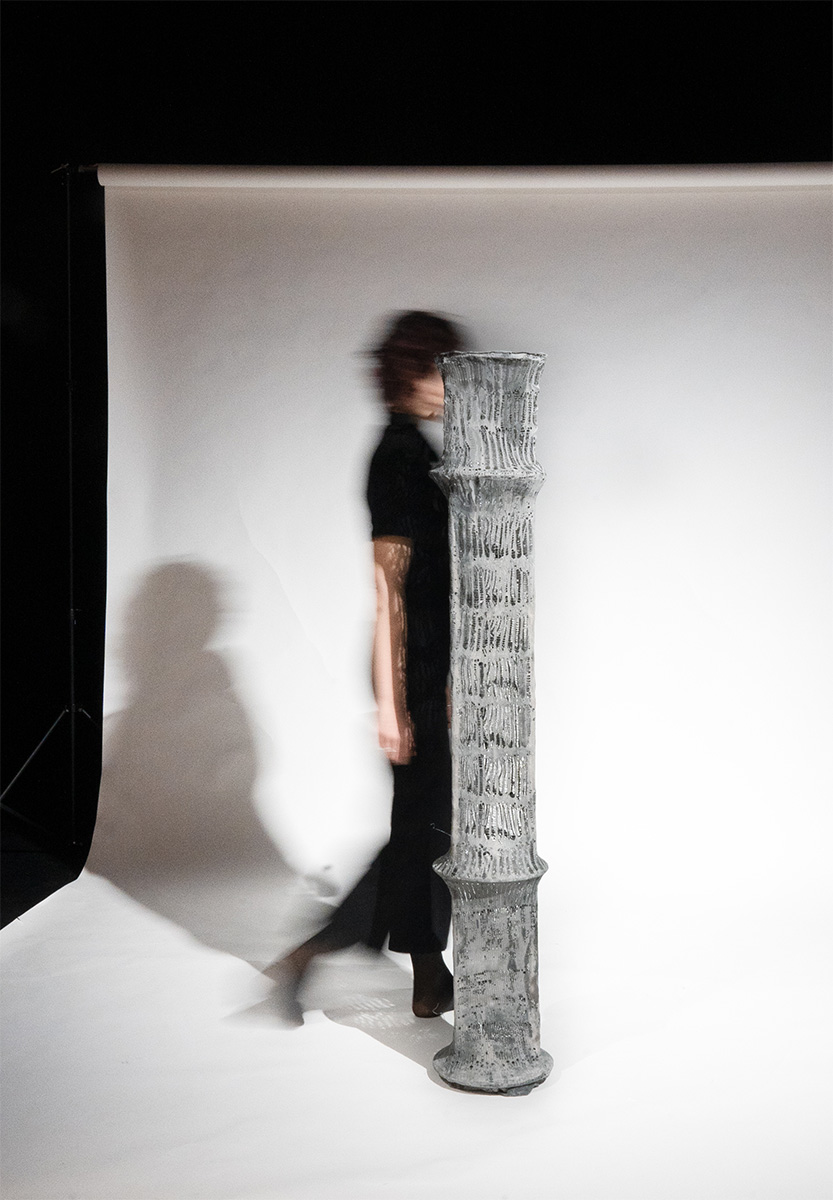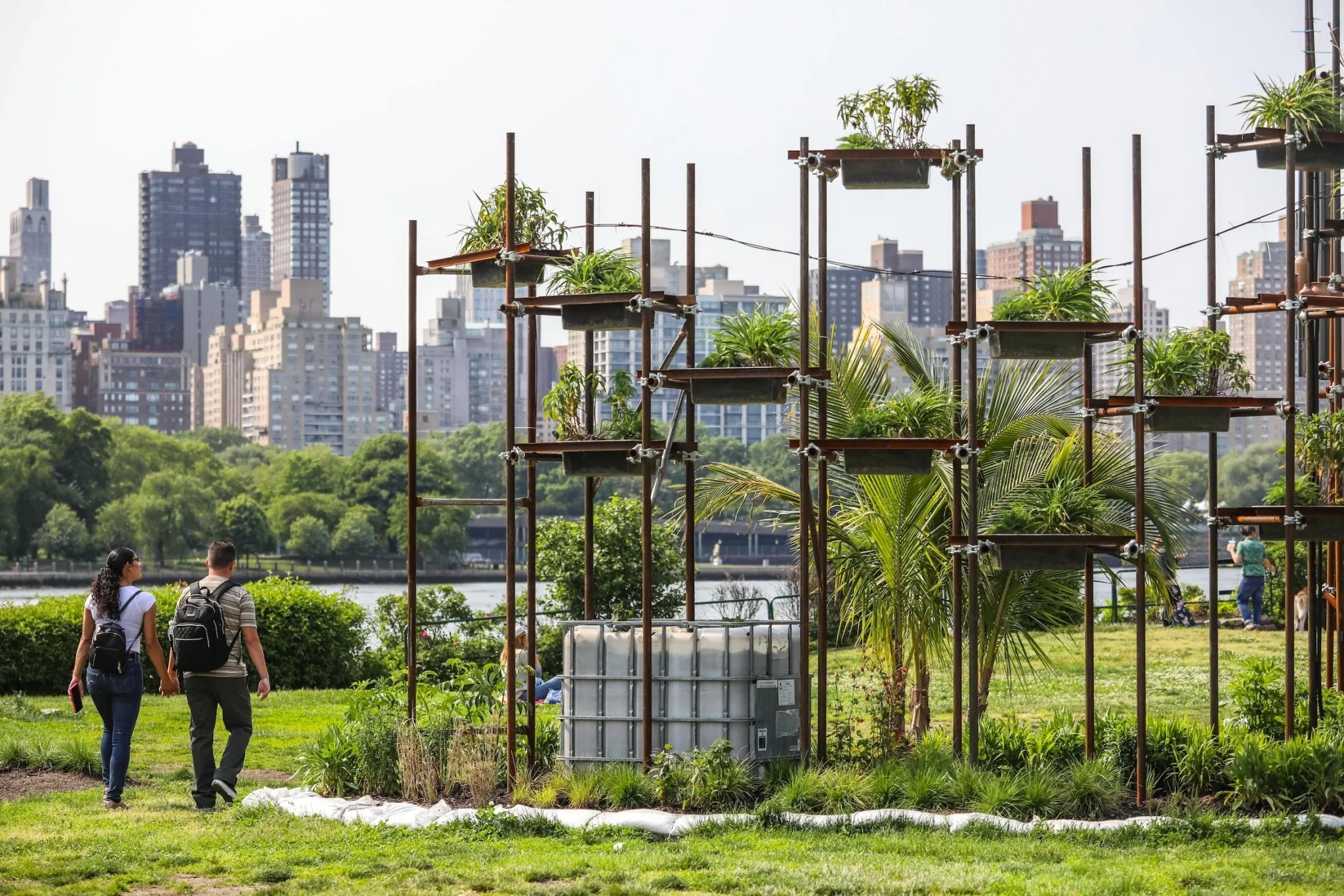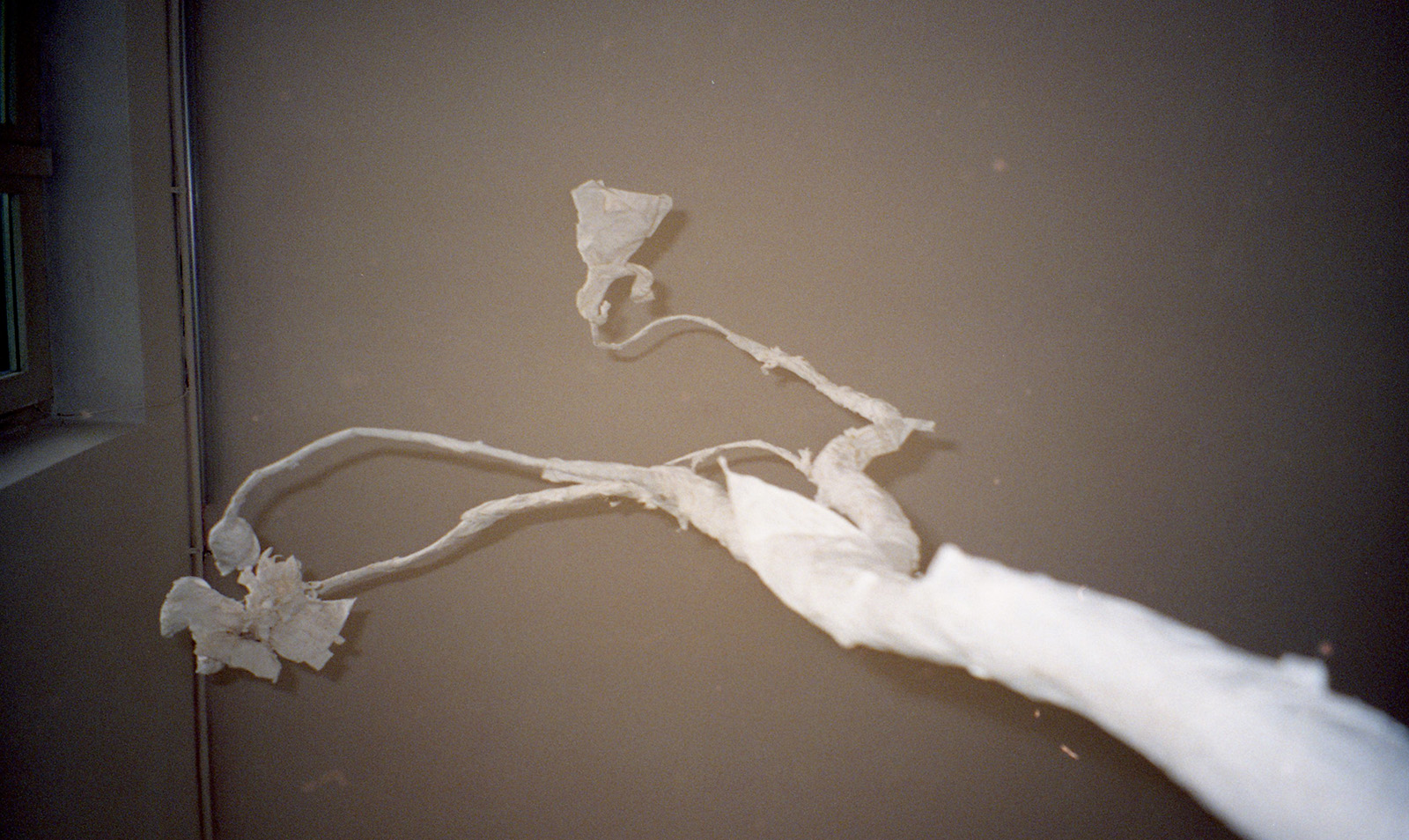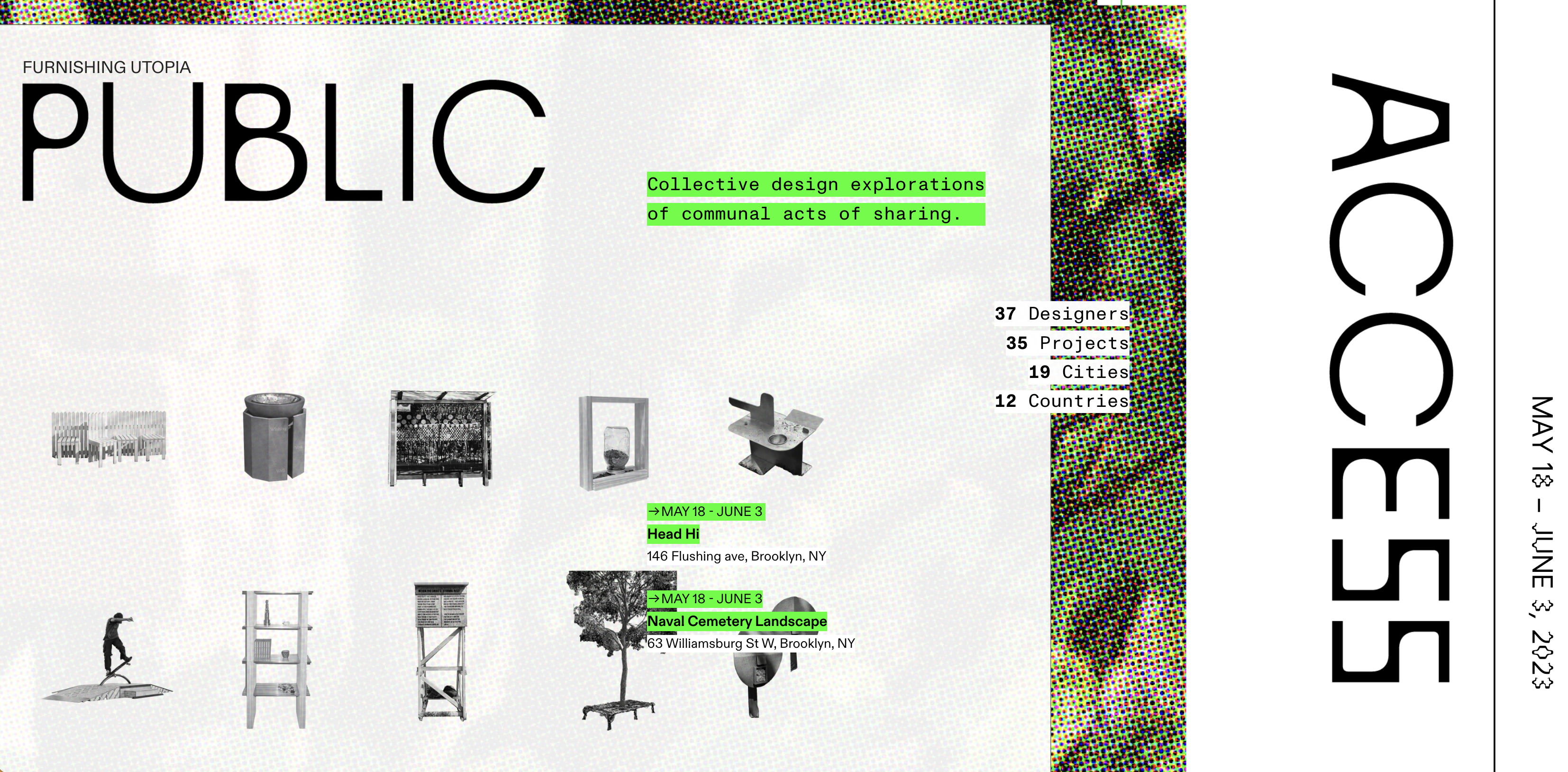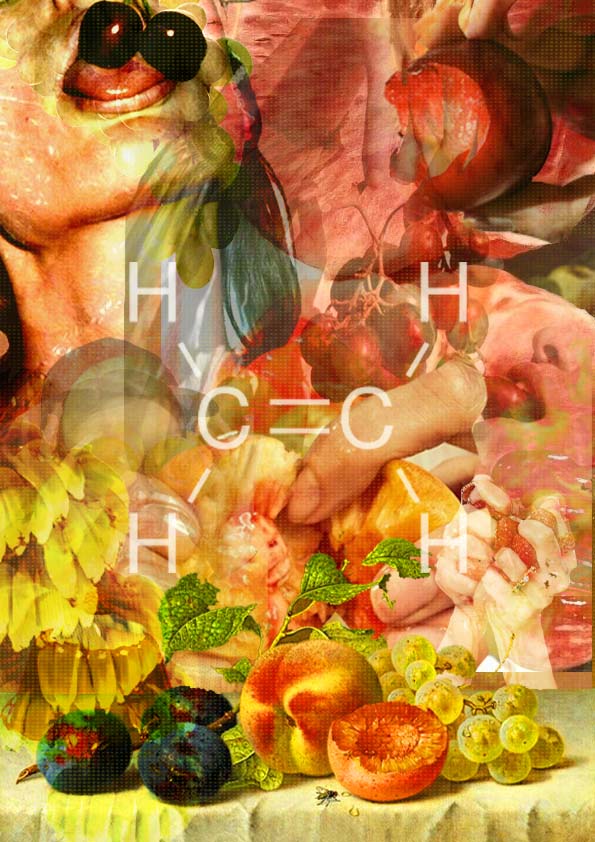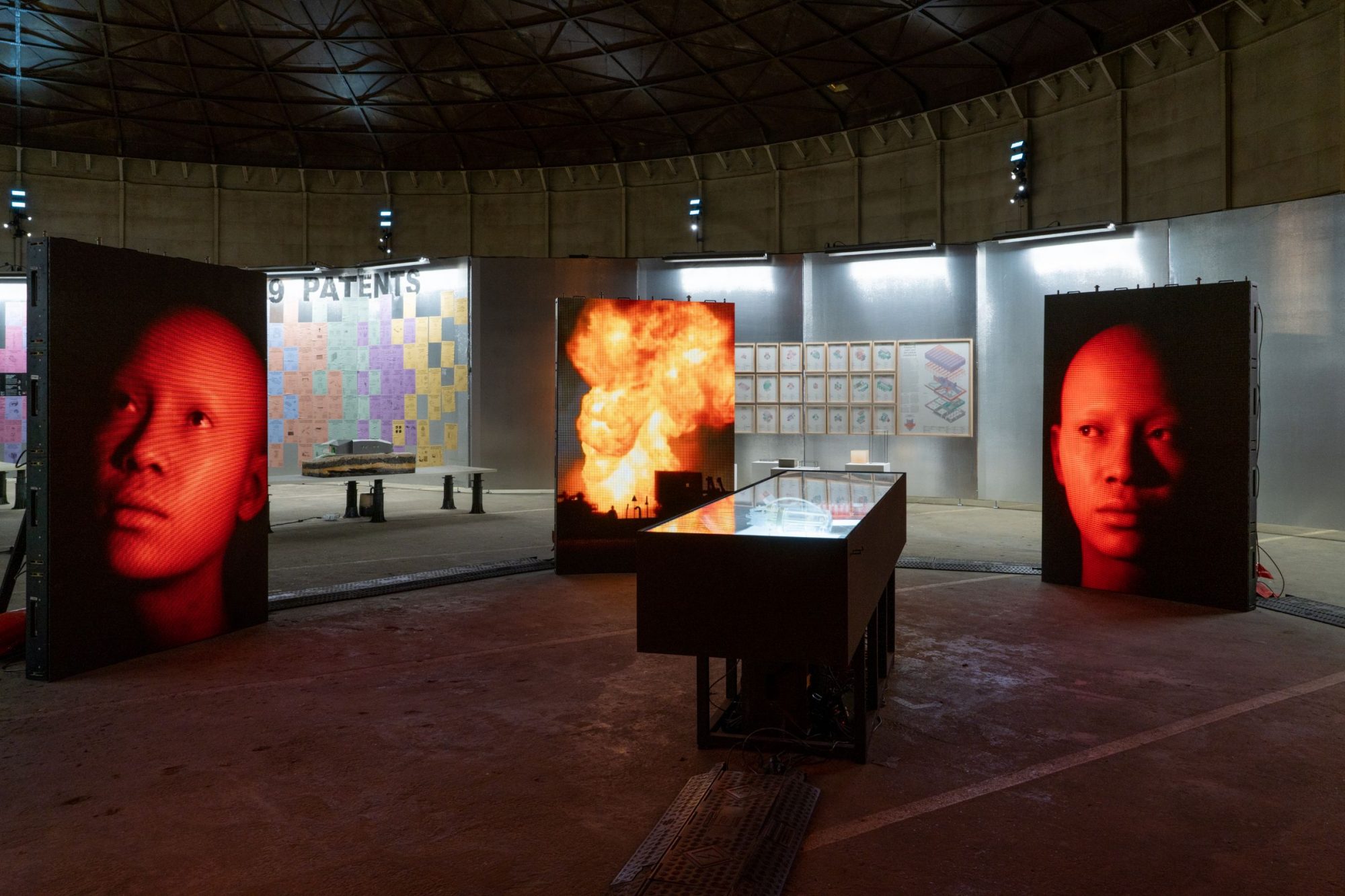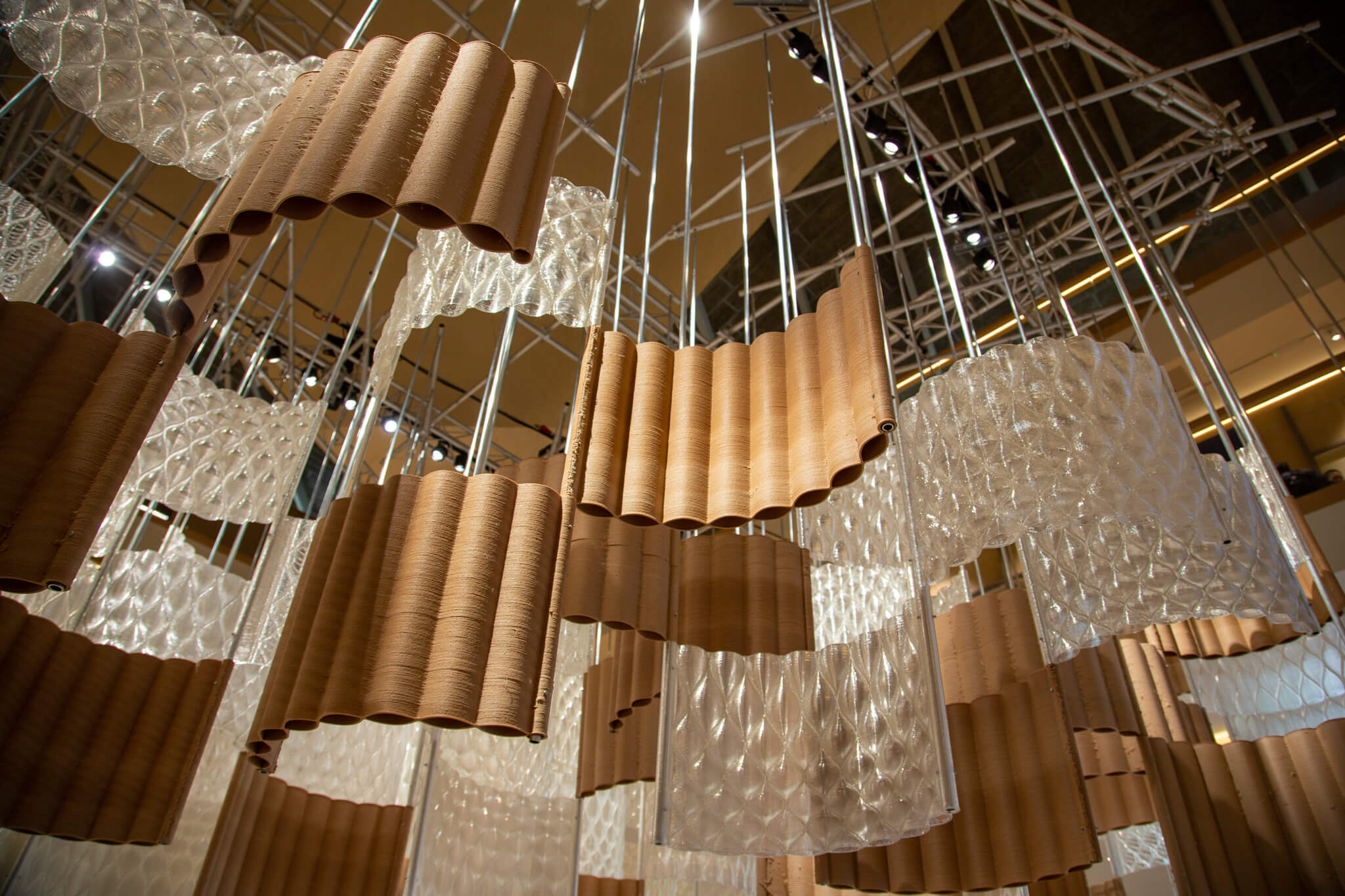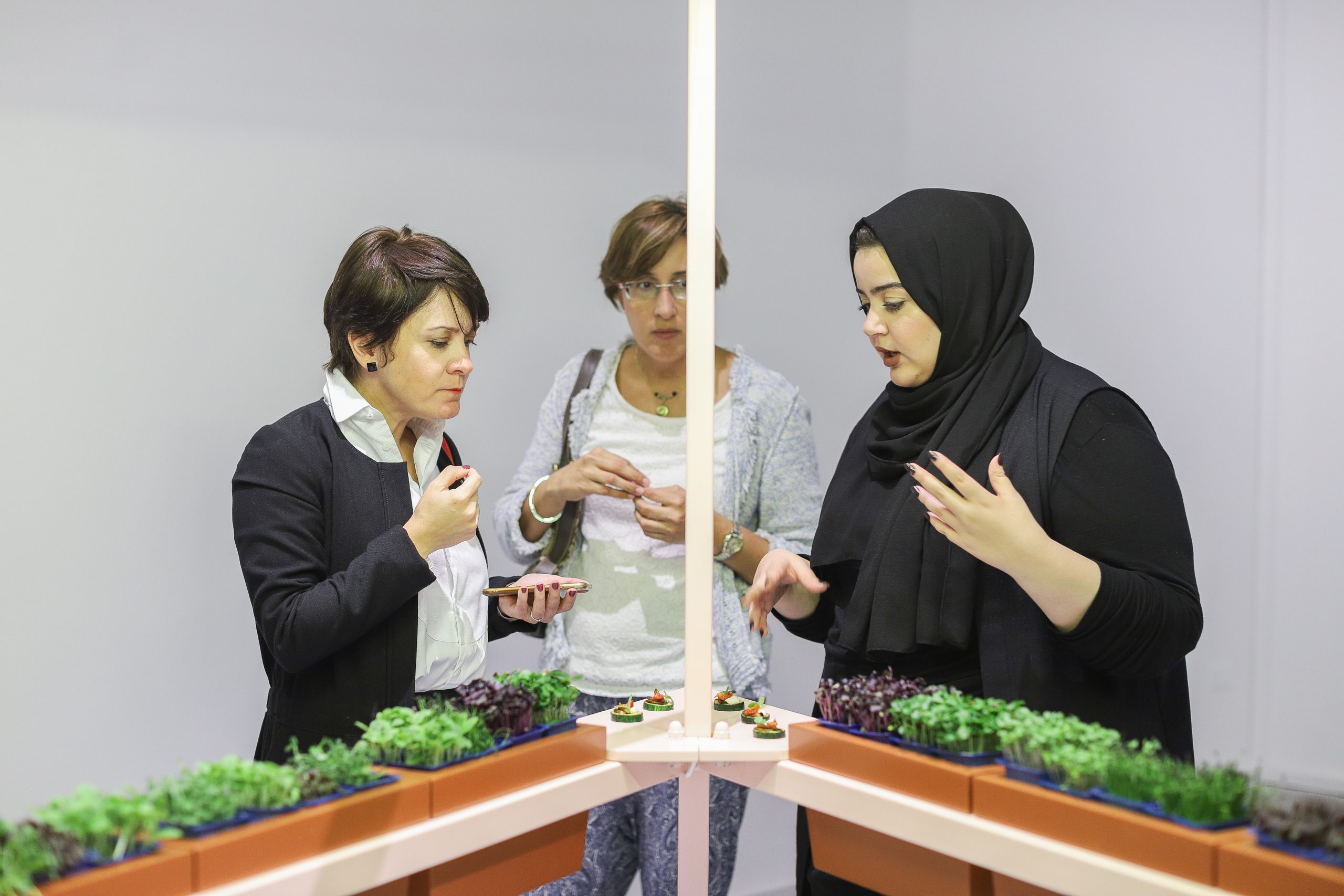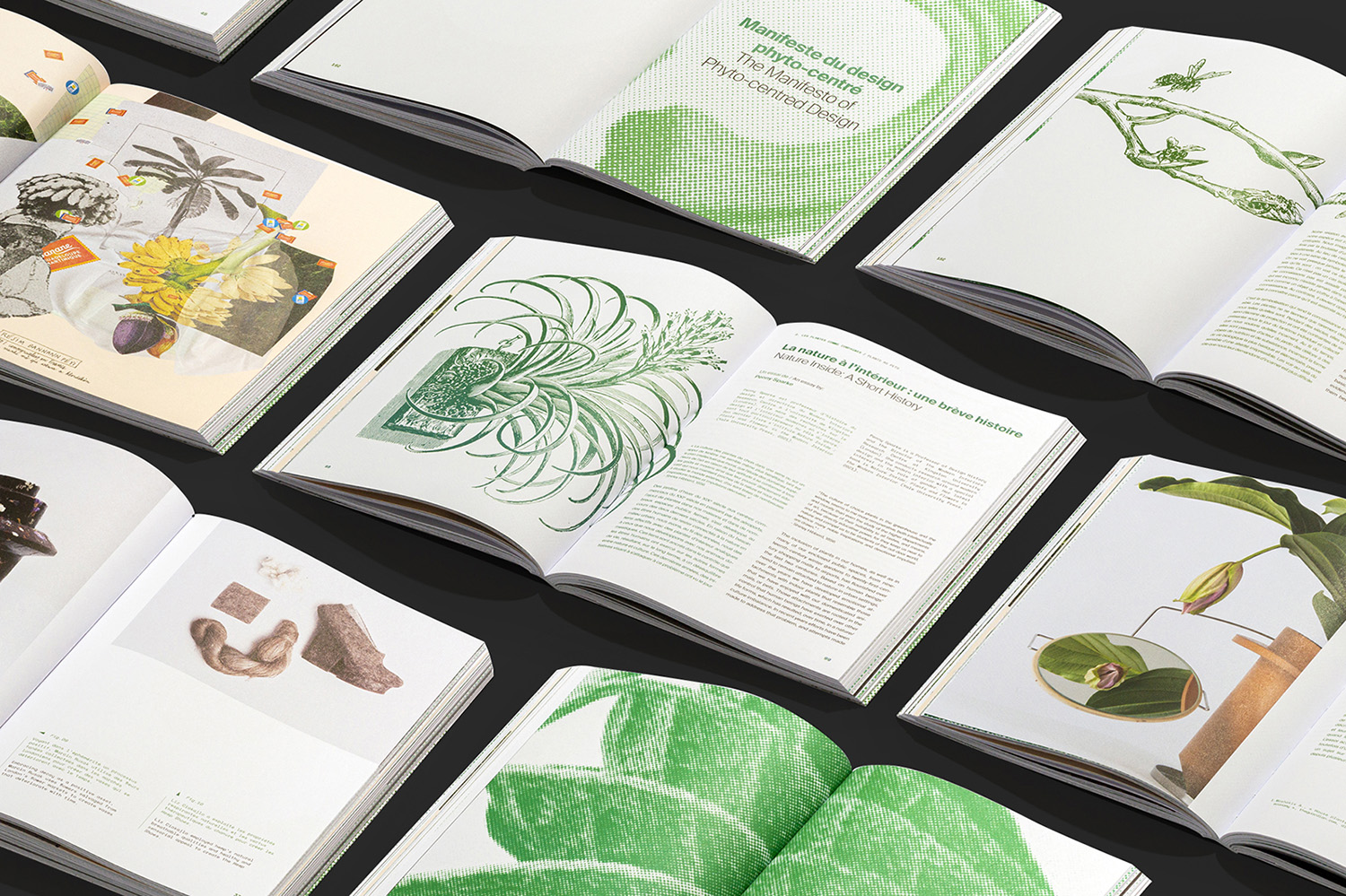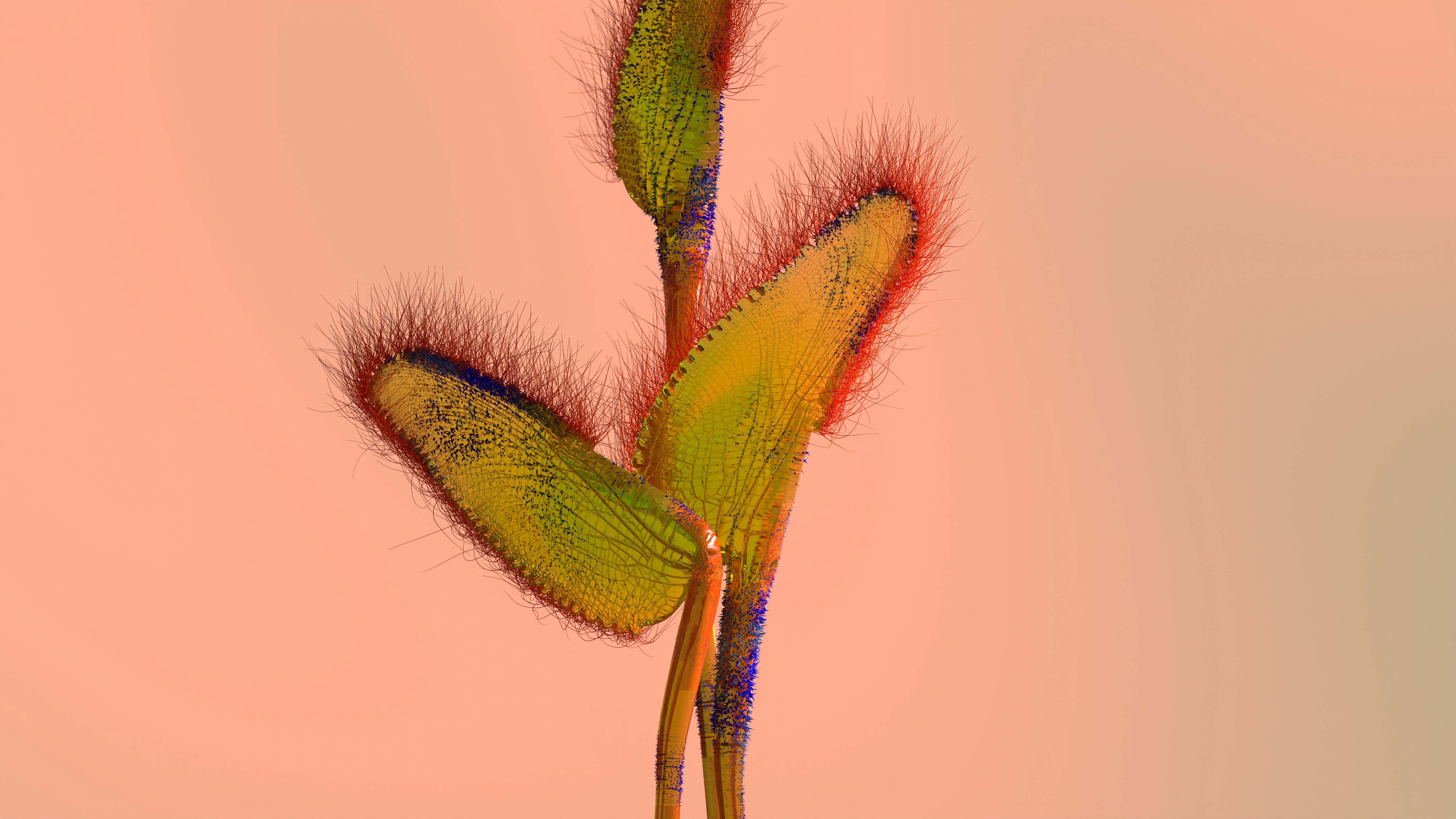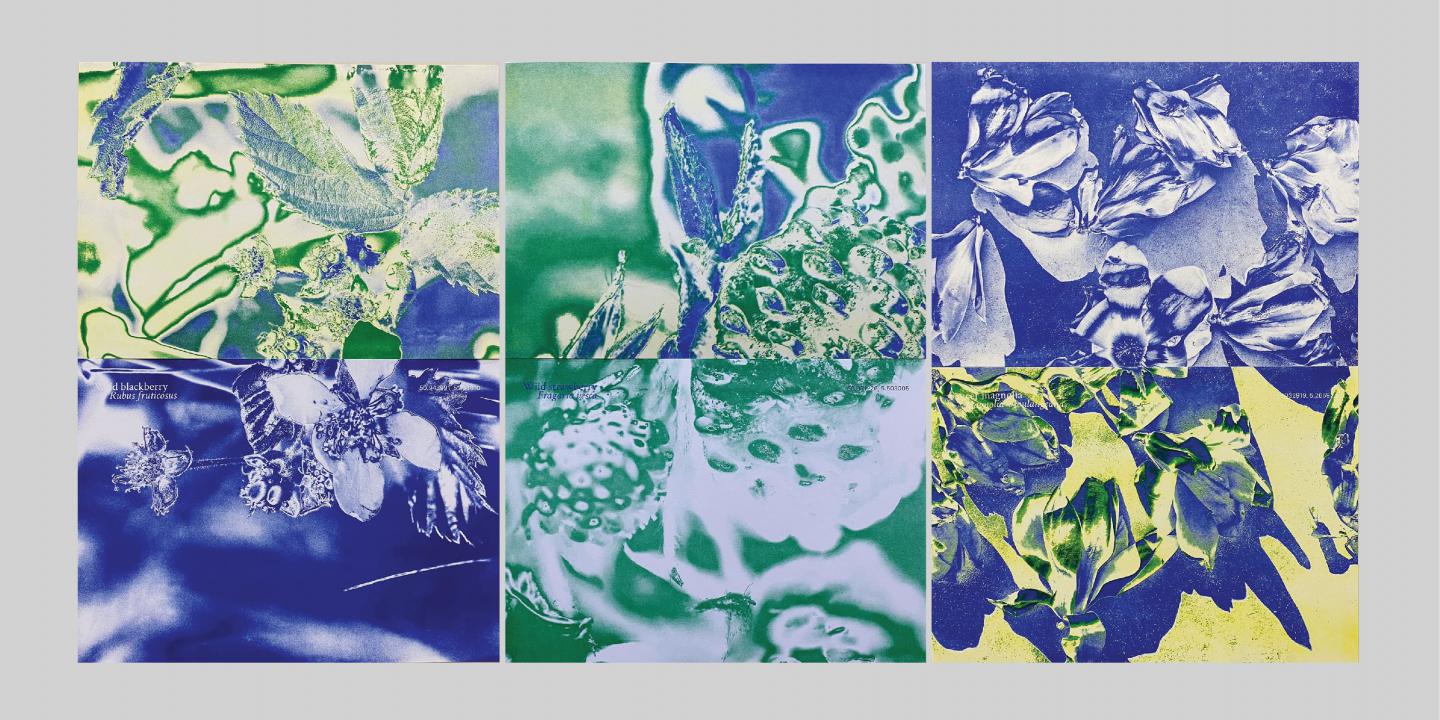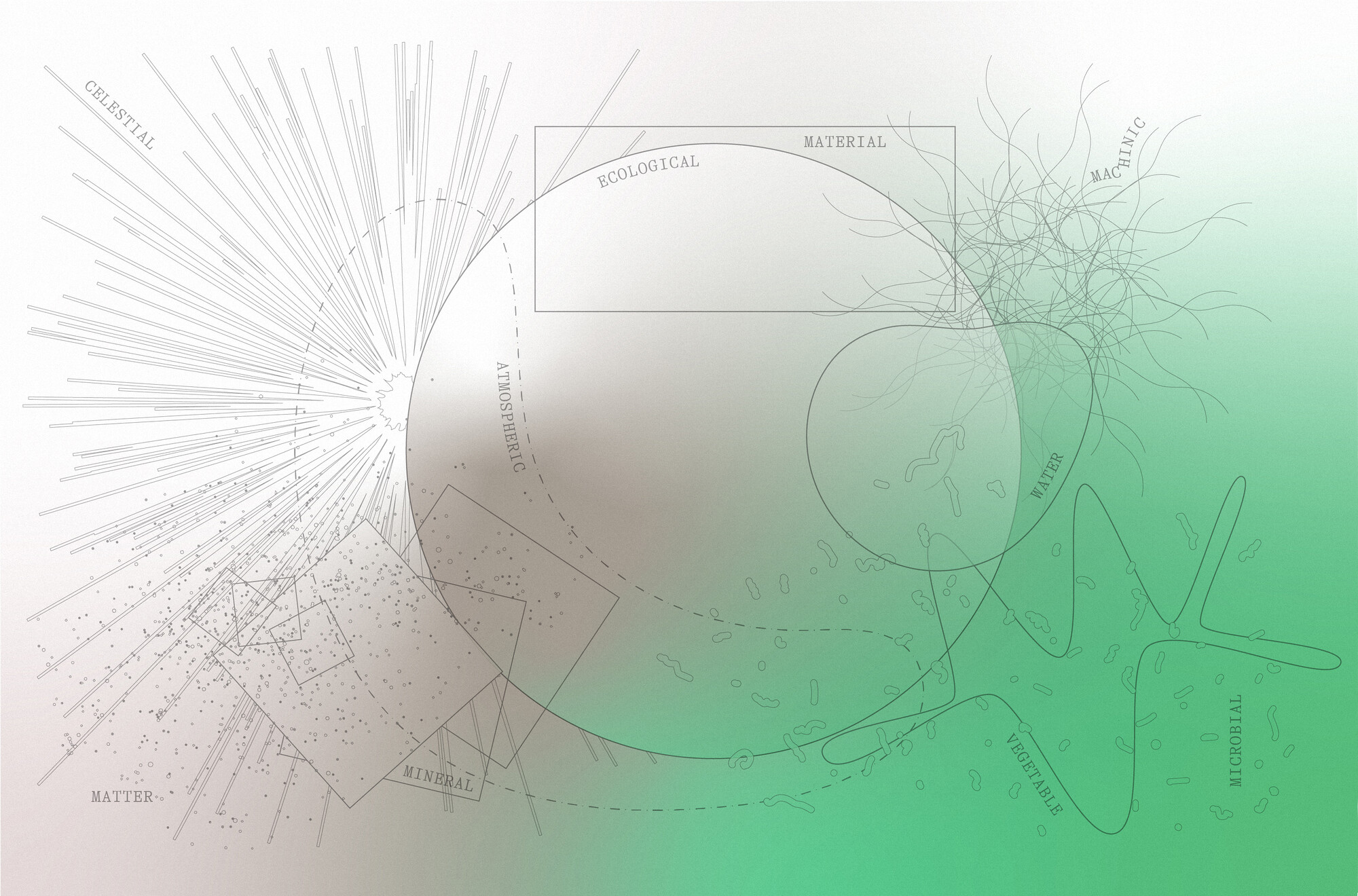The Food Non Food department at the Design Academy Eindhoven produces some projects dealing with big and small issues, always producing the unexpected or a putting a positive spin on a previous problem. Ranging from the body’s internal systems, to a fighting against invasive plants, these projects highlight a wide variety of ideas that focus on the edible world. Food Non Food’s most graduates presented their projects the day after their final presentations, and told us a bit about their work.
Tessa de Groot – Eating The Invasive
Tessa de Groot has devised an inventive method of dealing with invasive species; a mobile courier bike is used to harvest the invasive plants and create syrups from their foliage. Japanese Knotweed has become one of the most invasive species in the Netherlands. Every piece of this plant has the ability to spread and grow, so the weeds must be treated and removed on site.
However, at the same time the plant is considered a delicacy in its origin country. Tessa de Groot is treating the plants and creating a rhubarb-like syrup from them. “Treating the plant as a natural food resource will reframe how we look at this plant,” Tessa says. “By creating a food from it, we can manage the plant in a different way than extermination.”
Marie Declerfayt – Systems Trail
Marie Declerfayt has designed an outdoor workout set, where instead of training your outer appearance and muscles, the different lifesize structures are for training and stimulating the inner bodily systems. In a contraption where you lie on your back and move a bright cylinder up a curved track, you tense and relax your intestines and stomach, developing better digestion. Other mechanisms move the fluids of the lymphatic system by prompting you to jump on a set of raised pedestals, or help you swing your body around to stimulate your kidneys and your urinary system.
Each playful workout teaches you something about the different processes going on under the surface of your body. “The normal workout focuses on the external,” Marie tells us. “I want people to look at all the other processes and get to know them, many workouts nowadays are focused solely on the external muscles.”
Anna Diljá Sigurðardóttir – Earthly Delights
This designer’s yellow, otherworldly sculptures are actually made from one of the most important and abundant elements inside our bodies: sulphur. Anna Diljá Sigurðardóttir wants to unearth this versatile element and show it in its purest form.
Using a single axis 3d printer, she stacks the liquid sulphur on top of itself, forming a fluid sculpture that is built up out of single flowing sulphur layers. “Coming from Iceland, sulphur has been a major part of my life,” Anna says. “Our baths and heating are run on these sulphuric hot springs, but you never see it. I want to show people what this element looks like in its natural form, and to show all the different uses of this material.”
Camille Brabant – Aether
With Aether, Camille Brabant wants us to take a second look at smoking. The use of different herbs and plants for medicinal purposes has been prevalent throughout the ages. With her new smoking objects, she wants to provide a different kind of experience, and take the act of smoking out of the hedonistic realm it has been designated to.
Glass bowls allow users to share the smoke, and hempcrete structures provide an active smoking experience through sitting and standing. With plants such as thyme, hemp, lavender, sage and more, she wants to see if smoking can provide a variety of positive effects. “We demonise carbon at all costs,” says Camille. “But with that we miss the gifts it can offer by boosting the active agents of some medical herbs’ essence.”
Dimitri Suzana – Curing Cabinet
Dimitri Suzana’s “curing cabinet” has walls that are entirely made out of compressed blocks of salt. Through the use of salt as material the cabinet preserves the vegetables and meat inside it, keeping the moisture level at a minimum.
Instead of food preservation through cooling, the drying process keeps these foods from rotting. It blurs the line between keeping and curing. “The obsession with fresh foods has some downsides,” Suzana sais. “Instead of fresh to spoiled, this cabinet goes from fresh into preserving. The salt acts as a natural buffer, creating a dry cabinet at all times.”











